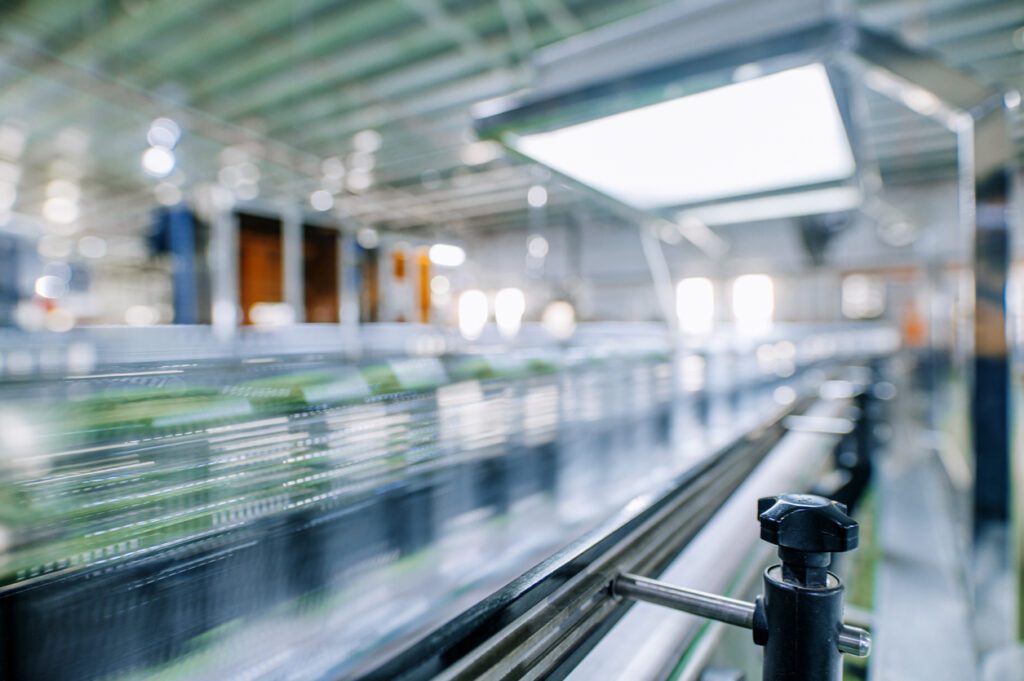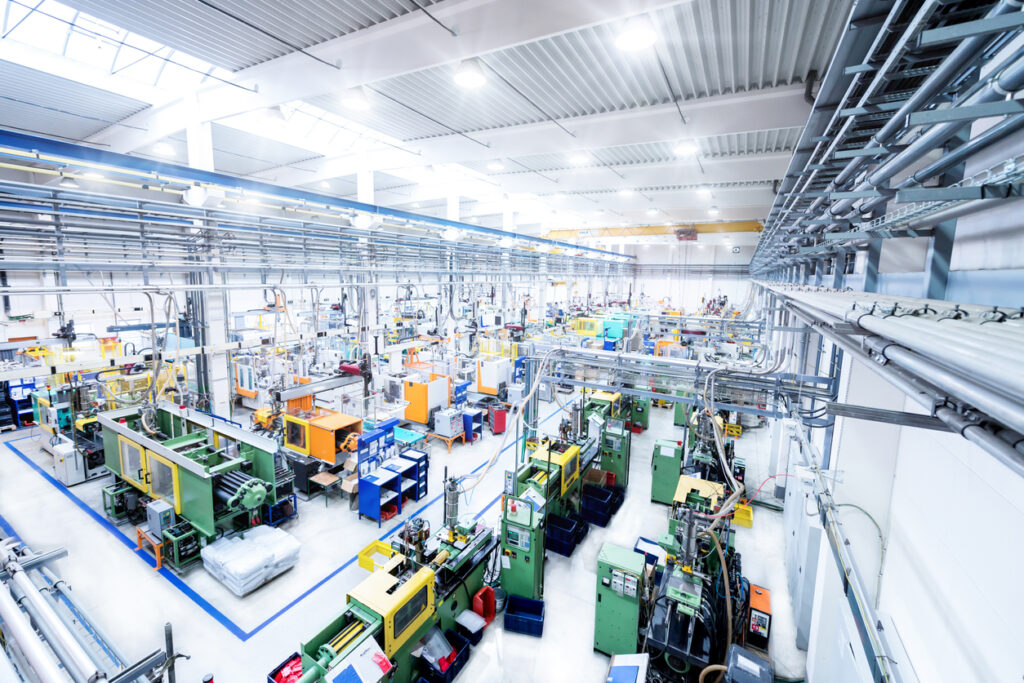Sealing technology is a critical component of manufacturing operations. It provides numerous benefits that can improve your productivity, equipment efficiency, and energy efficiency. We will discuss how sealing technology can help you optimize your productivity by reducing emissions, increasing equipment life, and protecting your company from risk in this article. Continue reading to learn how sealing technology optimizes productivity.
The Role of Sealing Technology in Manufacturing
Seals are commonly used to prevent contaminants and leaks in a variety of products, from food containers to industrial equipment. They come in many different forms, from rubber gaskets that seal around the lid of a plastic container to O-rings that keep oil from leaking out of an engine.
Some seals with hidden benefits that improve productivity in manufacturing beyond their intended usage. Seals can be designed to reduce the need for maintenance or cleaning, reduce the risk of injury and equipment damage, and even control emissions. When selected with care, and the assistance of an expert at Sealing Specialties, a seal can improve productivity in profound ways.
Seals Help Control Emission Levels
Mechanical seals, FFKM (perfluoroelastomer) and Viton®(fluoroelastomer) O-rings play a vital role in controlling emission levels in manufacturing by helping to prevent leaks and spills of hazardous or toxic fluids. Fluids, such as oil, gas, and chemicals, can have negative impacts on the environment if they are not properly contained. By creating a secure barrier between two surfaces, seals help to prevent the escape of these fluids and reduce the risk of environmental damage.
In addition to preventing leaks and spills, seals can also help to control emission levels by improving the performance and efficiency of the equipment. For example, if a seal is designed to reduce friction between two moving parts, it can help the equipment to operate more smoothly and efficiently, resulting in lower emissions.
Overall, sealing solutions effectively have have a massive and impact on your bottom line. Seals play a key role in controlling emission levels in manufacturing by helping to prevent leaks and spills of hazardous fluids and improving the performance and efficiency of the equipment. Manufacturers can help to reduce their environmental impact and meet regulatory requirements for emissions simply by choosing the right seal for their application.

Sealing Technology Improves Equipment Functionality & Lifespan
Sealing technology establishes a secure barrier between two surfaces, preventing the escape of fluids and ensuring containment. This minimizes the risk of accidents and downtime by keeping potentially hazardous substances away from their intended destination. Leaks or spills can readily damage components of your equipment, if not the entire machine. By creating such a barrier, sealing technology reduces downtime and lowers repair costs.
Beyond diminishing the need for maintenance, sealing technologies like engineered seals enhance the functionality of equipment. They can improve a machine’s performance and reliability by reducing friction that can damage equipment and impede vital processes
Utilizing high-quality sealing technology enables manufacturers to ensure the reliability and performance of their equipment. This decreases the risk of downtime, optimizing production. Less time spent on maintenance and repairs means more time dedicated to achieving manufacturing goals.
Recommendations to Maintain Increased Production
Follow maintenance recommendations closely to sustain your increased production provided by seals. Always ensure proper lubrication of equipment to prevent premature seal failure. Adequately lubricated seals will operate within their rated temperature range and safeguard your productivity for an extended period.
When it’s time to replace worn, damaged, or bad seals, do so promptly. Worn-out seals can lead to leaking oil and costly downtime due to breakdowns and other equipment malfunctions. Worn out gaskets cause leaks and should be replaced as necessary. Being proactive with maintenance can help you avoid workforce downtime caused by supply chain issues of replacement parts.
Conclusion
As we have seen, sealing technology can improve productivity by reducing downtime. This ensures that products are not damaged during production, reduced maintenance costs, and improved quality control. It’s important to choose seals that will last for years to maximize the benefits of your investments in this technology. When you are evaluating how sealing technology optimizes productivity in your facility, contact a Sealing Specialties expert personalized solutions. Our highly-skilled team will help you maximize your productivity by providing products that truly fit your application.

